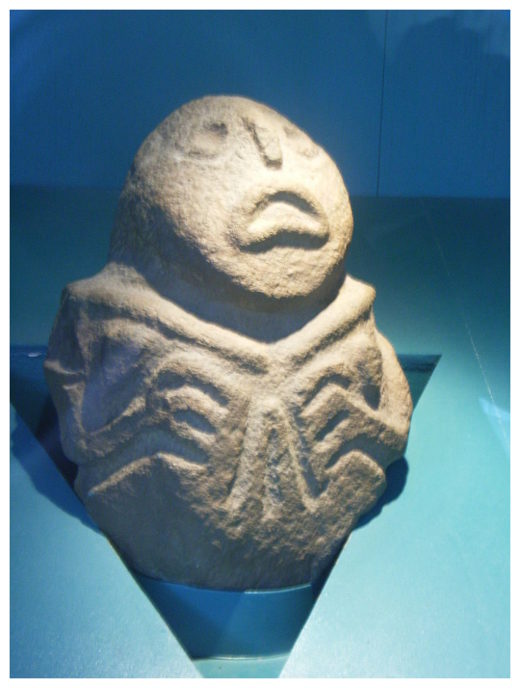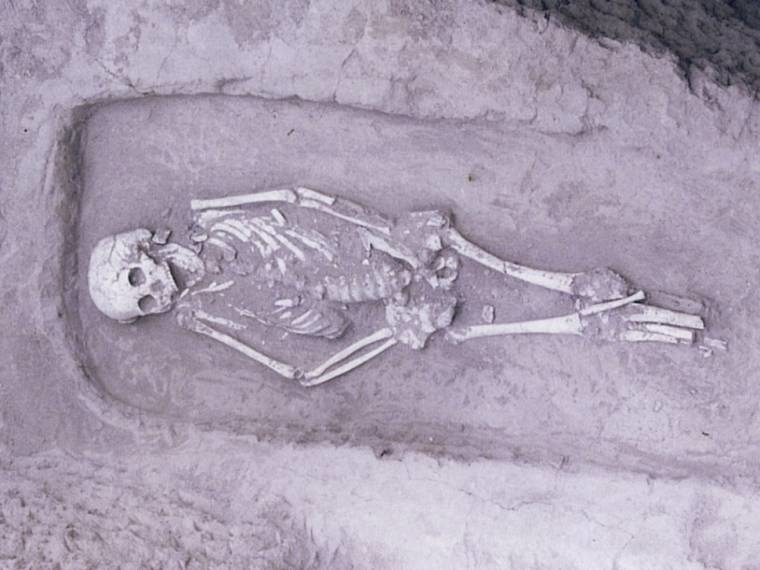
© The National History Museum of RomaniaCeausescu is pictured on the right.
As we approach a new year, we should remember that eternal vigilance truly is the price of liberty.
Traditionally, Christmas is a time of peaceful reflection and restful appreciation of the fast disappearing year. In 1989, there was much to contemplate.
The most dramatic symbol of totalitarian tyranny, the Berlin Wall,
fell dramatically. The Evil Empire, as Ronald Reagan memorably described the Soviet Union, was dissolving. The Soviet satellites were gone: Poland, Hungary, Czechoslovakia, East Germany, and Bulgaria all defenestrated their communist rulers. Even the Soviet republics were restless, headed out of the Russian-dominated union. Indeed, Lithuania was just a couple months away from declaring independence.
Even the ruthless totalitarian state created by Romania's dictator and dictatress, Nicolae and Elena Ceausescu, was gone.
And they were subjected to justice after 34 years in power. It was imperfect, but it was justice nonetheless.
The Rise of CeausescuNicolae was a member of the communist youth movement. He was arrested and imprisoned multiple times. His 1936
mugshot at age 18 still haunts the internet. His country passed from traditional monarchy to troubled democracy to royal dictatorship to military control to occupied territory. In World War I, Bucharest had gained territory seized from the disintegrating Austro-Hungarian and Russian Empires. As World War II approached, Romania lost those lands. First allied with the Nazis, Bucharest switched sides in 1944 but was still dominated by the conquering Soviet Union, which established a communist government.



Comment: See also:
- 2,100-year-old pit containing a mini "Terracotta Army" discovered in China
- Researcher thinks China's pyramids encode astronomical alignments
- Ears of ancient Chinese terra-cotta warriors offer clues to their creation
Also check out SOTT rado's: